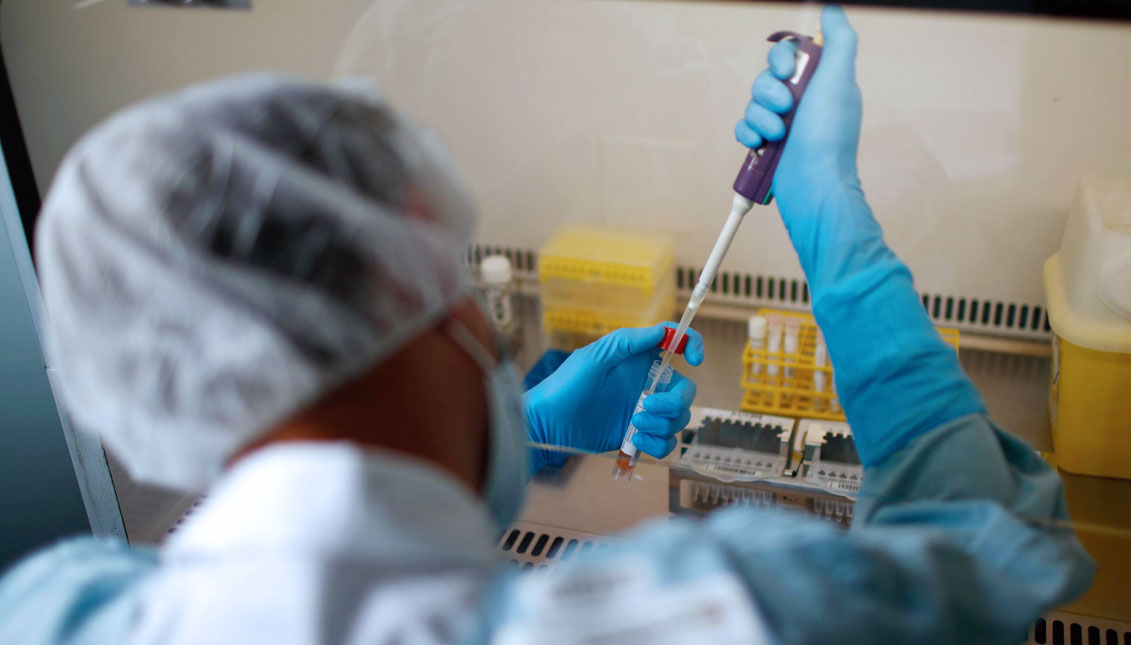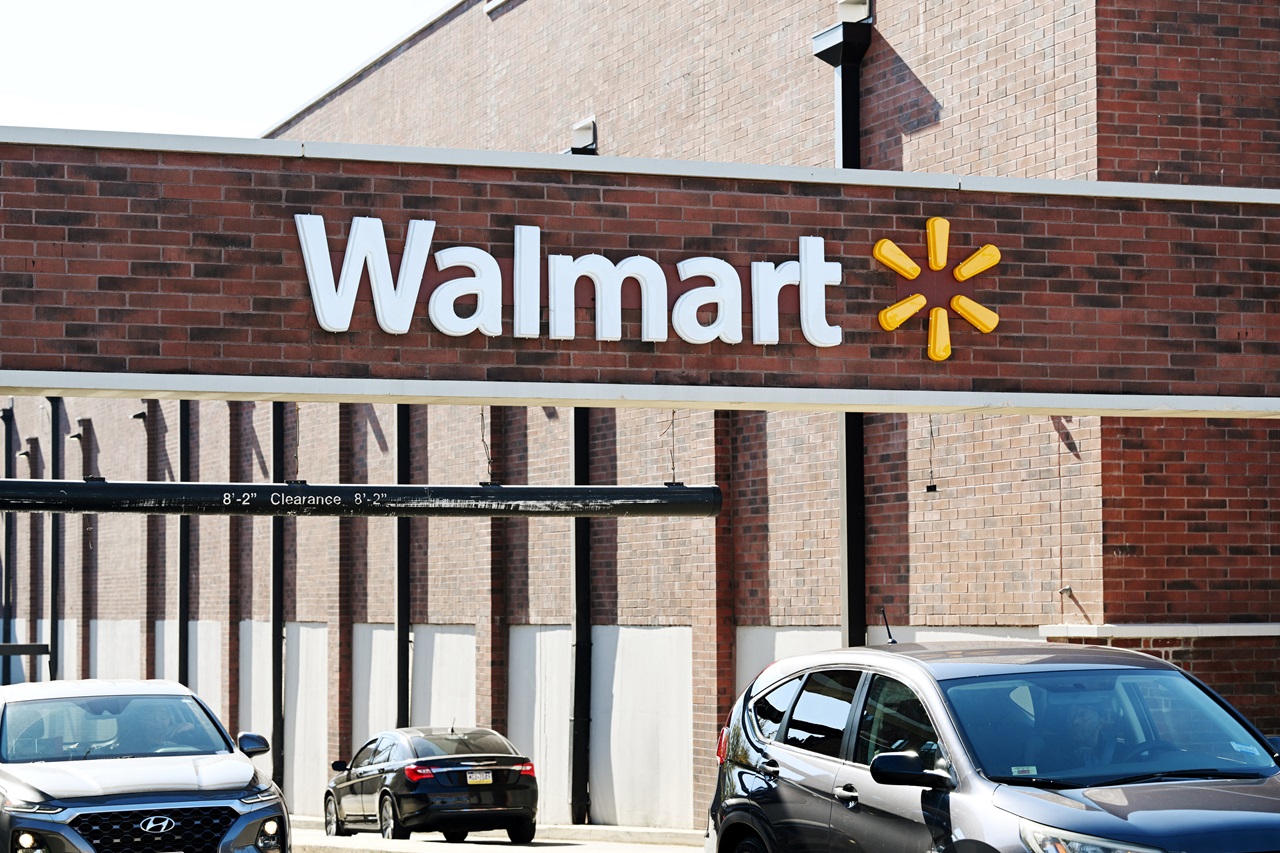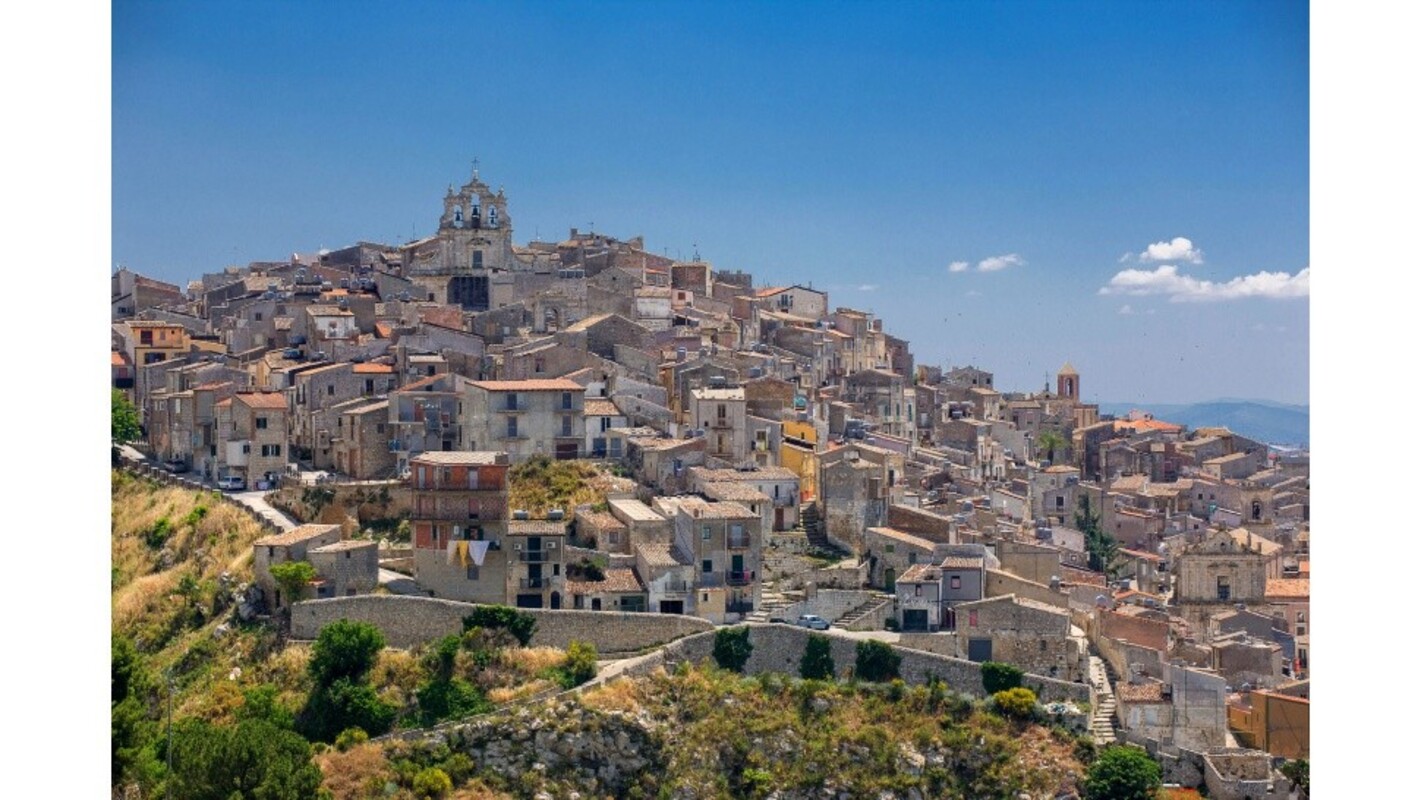
How's the race for the vaccine going?
We dream of going out again without worrying about getting infected, but that's not going to happen until there's a vaccine for SARS-CoV-2, the virus that…
Since January, when we began to see the COVID-19 epidemic grow in Wuhan, the scientific and pharmaceutical community has been on a quest to develop a vaccine that will end the pandemic, avert further outbreaks and prevent deaths.
All vaccines work by exposing the body to antigens that have been designed or modified to elicit an immune response without making the person or animal sick.
These antigens can take several forms:
- The inactive or weakened virus
- A different virus that has been genetically modified to have similar characteristics to the virus whose spread is to be prevented. For example, modify the measles virus to produce the spike protein that SARS-CoV-2 uses to infect a cell.
- The use of parts of the virus' genetic material (DNA or RNA).
- Proteins - such as the spike protein - or virus-like particles that allow the body to learn to identify the virus without being exposed to it (because it would be exposed to the outermost part of the virus, not the genetic material it uses to reproduce).
Dozens of research projects are in the works, including universities, major pharmaceutical companies and research centres funded by non-profit organisations. In late April, Nature magazine reported that there were more than 90, and according to an Op-Ed published by the New York Times, there is more research underway now than there ever were in the effort to develop a polio vaccine.
RELATED CONTENT
Dozens of research projects are in the works, including universities, major pharmaceutical companies and research centres funded by non-profit organisations. In late April, Nature magazine reported that there were more than 90, and according to an Op-Ed published by the New York Times, there is more research underway now than there ever were in the effort to develop a polio vaccine.
So far, the vaccine that is raising the most hope is the one developed by Moderna, which this week announced that it had successfully completed the first round of testing on 45 volunteers - after doing one on mice - and was preparing for a second round of testing on a larger group.
The pharmacist's announcement has been received with caution because it has not yet published the data behind it, but the stock market reacted positively immediately.
Even if the vaccine developed by Moderna passes successfully through all stages of testing, or whenever a vaccine does, the next challenges we will face are first the logistical and then the geopolitical.
While pharmaceutical companies have worked on developing and producing vaccines on a large scale since the middle of the last century - again, the polio vaccine serves as a benchmark - it is still not a simple, quick or infallible task to produce it in the quantities needed to vaccinate - literally - the entire planet. It is not only a problem of manufacturing the vaccine itself with the same degree of quality, after having the vaccine it is necessary to have millions of needles, syringes, tons of cotton, to guarantee that the distribution chains manage to keep the vaccine always in the necessary conditions - of temperature, for example - and to make everything reach each population, prioritizing the most vulnerable people - such as medical personnel, elderly people and people with aggravating medical conditions such as diabetes or heart failure.
In the geopolitical field, we are faced with the struggle as to which country will first have the possibility of immunising its citizens, with the economic advantages that this will bring in terms of preventing new pandemics - with the thousands of deaths that we have seen and the coma in which economies have been induced to stop community transmission.











LEAVE A COMMENT:
Join the discussion! Leave a comment.